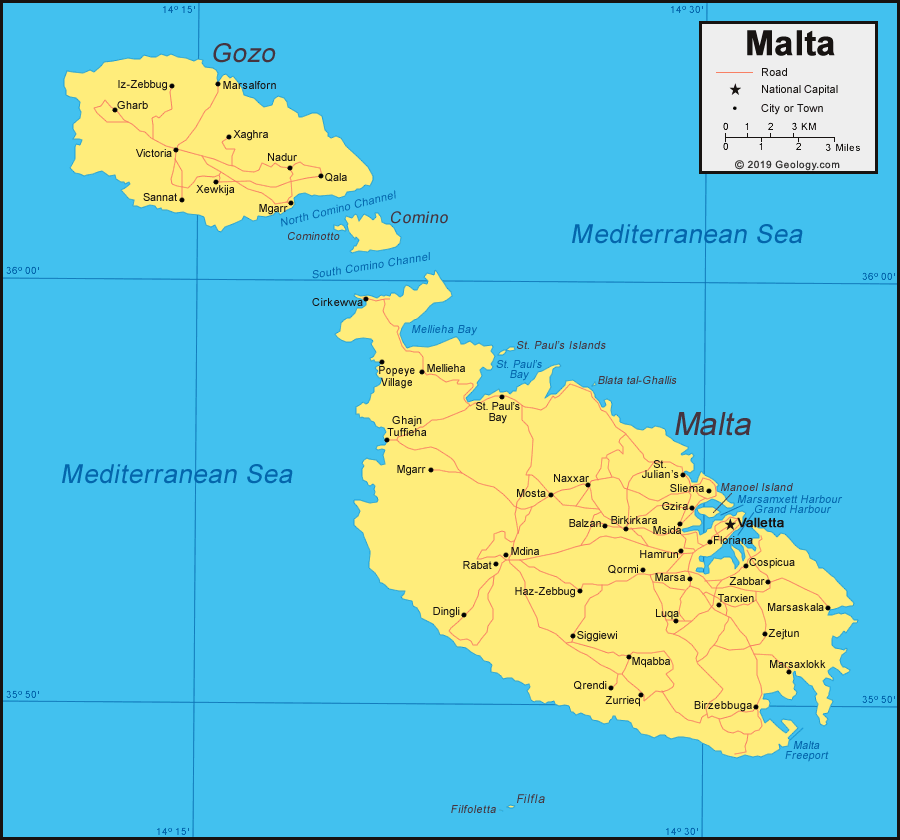

Malta's climate is determined by the Mediterranean Sea and is similar to other Mediterranean climates. Malta gained European Union membership in May 2004. Since about the mid-1980s, the island has become a freight trans-shipment point, financial centre and tourist destination. It is still a member.Ī decade later Malta became a republic. Malta remained in the Commonwealth of Nations when it became independent from Great Britain in 1964.

Independence 21 September 1964 (from UK) National holidays Freedom Day, 31 March (1979) Sette Giugno, 7 June (1919) Feast of Our Lady of Victories, 8 September (1565) Independence Day, 21 September (1964) Republic Day, 13 December (1974). An image of the cross is displayed on the flag. The island was awarded the George Cross for its heroic resistance during the Second World War. The island staunchly supported the UK through both World Wars. Great Britain formally acquired possession of Malta in 1814. French rule lasted a little over 2 years, with the locals blockading them inside Valletta until they surrendered to the British Royal Navy, under Admiral Nelson's command, in September 1800. In 1798, the French under Napoleon took the island on 12 June, with minimal resistance, when the Grand Master of the Order capitulated after deciding that the island could not be defended against the opposing French naval force. By 1575 the Order had built a new large hospital known as the Grand Maltese Hospital or Sacred Infirmary in order to continue with its primary mission of caring for the sick. After this siege, the Order founded the city of Valletta on a peninsula and fortified it with massive stone walls, which even withstood heavy bombing during the Second World War.

In response, the Order and the locals despite consisting of only 2,500 knights and 6,000 local militia defenders, managed to drive the Ottomans away after a hard siege of several months.

In 1565, Suleiman the Magnificent, Sultan of the Ottoman Empire, mounted a great siege of Malta with a fleet of 180 ships and a landing force of 40,000 men. John of Jerusalem, also known as the Knights Hospitallers and Knights of Malta, took over sovereign control of Malta in 1530, and by 1533 the Order had built a hospital at Birgu (one of the Three Cities) to care for the sick. The country has some of the world's most ancient standing buildings (the Neolithic temples), and its strategic location and good harbours in the middle of the Mediterranean have attracted Phoenicians, Greeks, Romans, Arabs, Normans, Crusaders, the French and finally the British, with the colonial period lasting until 1964. It's rocky, flat to dissected plains, with a coastline that has many coastal cliffs and numerous bays that provide good harbours.Īlthough small, Malta has a rich history, with evidence for habitation going back to the Neolithic era (4th millennium BC). The terrain is mostly low with the highest point, Ta' Dmejrek (near Dingli), being only 253 m above sea level. Malta is an archipelago, but only the three largest islands of Malta, Gozo (Għawdex) and Kemmuna ( Comino) are inhabited. Malta is a small, island country in the Mediterranean Sea that lies south of the island of Sicily, Italy.


 0 kommentar(er)
0 kommentar(er)
